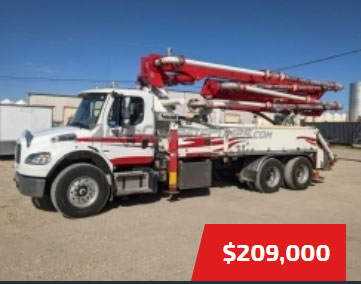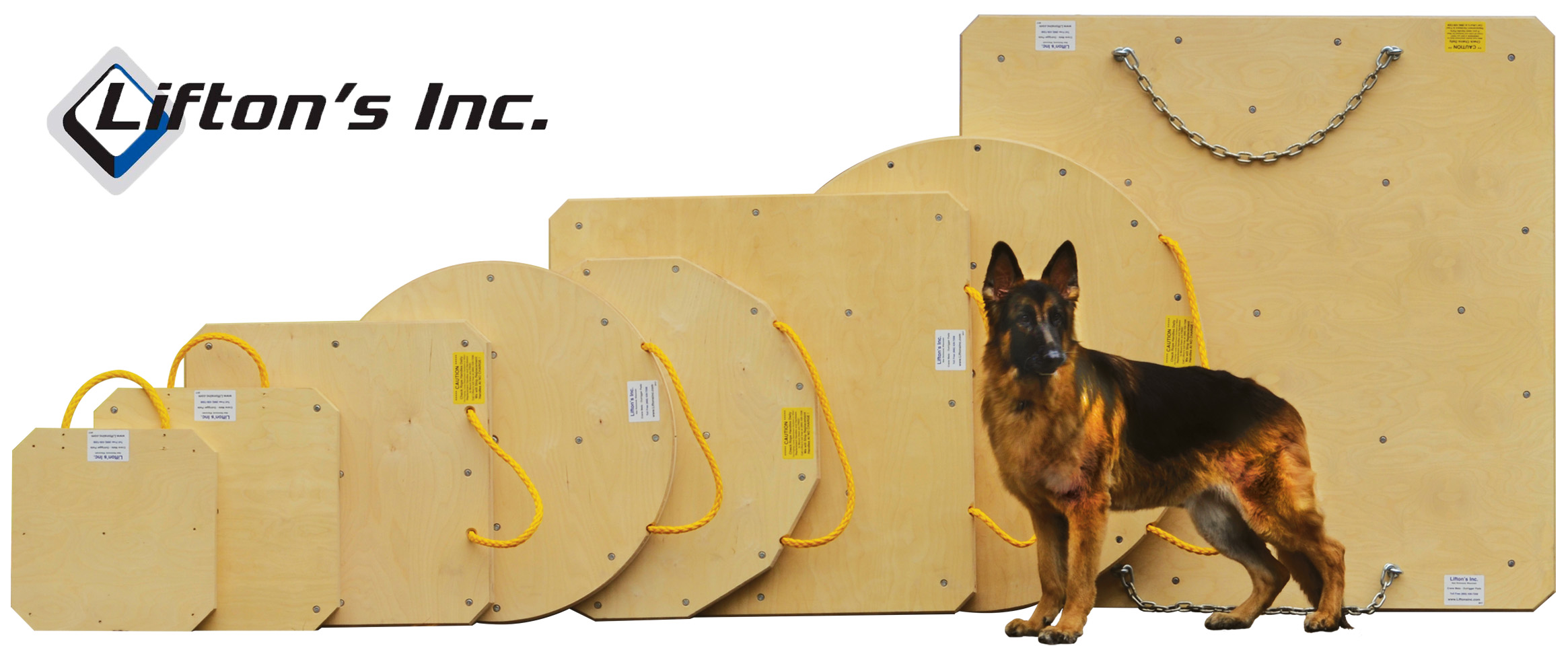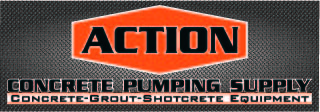| Bob | 05-18-2007 | comment profile send pm notify |
|
SITUATIONAL INERTIA AND PERSONAL RESPONSIBILITY So you find yourself showing up on the job after the first 72 yards; there they sit waiting on you. The why of it should not be the focus of your attention. It will, I am sure, be discussed in length at a later time. Your focus, your personal responsibility, is to deal with the situation from that point. For all practical purposes you must act as if there is no concrete on the job. Situational inertia is the cause of too many accidents. Finding yourself as the epicenter of an adverse situation is a real character builder; it is a giant test to your professionalism and personal responsibility. It does not matter what kind or size pump you operate. It does not matter what color the boom is. It does not matter how long you have been an operator. The fact that you are the operator is all that matters. How do you, as the operator, control the situation? Do you jump out of the cab and start throwing out pads? I hope not. If that is your solution to the problem then you are being guided by the inertia of the situation and not what you know to be correct. The training and the experience you have should guide you. Eyeball the site, put on your hard hat and safety glasses and look for the superintendent. [Hint] He will be the guy with fire in his eyes. “Where in the hell have you been? The concrete has been here for 35 minutes!” Then I had better get started, where do you want me to set up? It does no good to jam the transmission into gear and lurch to the set up area. It saves no time and is hard on the equipment. Things are bad enough with out the added problem of a busted thru shaft or drive line. Training and experience have brought you this far, let them continue to guide you. Now it is time to set up. Is there such a thing as a fast, quick, set up? If so then that is what you need to be doing every job, every day. If not, do not try and invent one now; go with what you know, not what you may be able to get away with. Follow your proven procedure, use sufficient dunnage to limit your ground pressure to the acceptable ACPA tolerances, level your pump, double check for overhead obstructions and power lines, unfold and test your outriggers, carefully back up the ready mix trucks. Do it like you always do because it works. Do not invent a new speed process under pressure. Continue your “system” from A to Z. Rely on your system not the outside pressure to guide you. When you accept the personal responsibility of not allowing the situational inertia to place you or your co-workers in danger then you have done your job. Your training has paid off. Your experience has shown it’s self. You are the operator. Bob Sanderson ConcretePumpingSafety.com |
||
| Todd | 05-18-2007 | reply profile send pm notify |
|
Great Job. You do very nice work Bob. |
||
| Seed | 05-18-2007 | reply profile send pm notify |
|
I have to say, being an excitable pump operator myself. This is a topic that really hits home. It takes X amount of time to set up the equipment. Hurrying, shaving only seconds of the process is truly not worth the risk of a poor or unsafe set up. I get "THE CONCRETE FEVER" sometimes and rush. It seems you always have to adjust your riggers or you are uncomfortable with a certain operating range of the machine. When the operator is feeling uncomfortable. The people around that operator can feel the stress and it effects them. I have heard it before in the business. THE OPERATOR IS IN CONTROL. It has to stay that way.
|
||
| MidnightRider | 05-18-2007 | reply profile send pm notify |
|
WoW that brings back memories, I remeber years ago the guy that trained me showed me how to handle those situations and he told me NEVER EVER let someone rush you for any reason and it has served me well over the years. Niceley done Bob. |
||
| Russ | 05-18-2007 | reply profile send pm notify |
|
Bob, As always you hit the nail on the head!!! This is something every operator can relate to. I deal with a situation like this all the time. Although most of the contractors I deal with know me and the reason why I am running behind. Things can still get tense. I always work at the same speed. Steady and efficient and safe. Thanks for bringing these types of situations to light. I hope some guys will take this particualr piece of information and apply it to their routines. Speed in setting up ==possible accident. It will be the operators fault. So take your time and do as Bob says. Follow your routine! Very well said BOB! |
||
| bisley57 | 05-19-2007 | reply profile send pm notify |
|
Why is there 72 yards of concrete on the job before the pump?If there was a mechanical problem dispatch should be notified as quickly as possible.If you are stuck in traffic,same thing,call dispatch and tell them you will be late.A surprise arrival should be avoided.If the super knows that a pump will be late,he can adjust accordingly,avoiding all the controversey.If dispatch has given you the wrong time,dont sweat it,set up as you would normally.If a driver shows up late without having the wherabouts of contolling the situation,that is just what he is,a driver.This is a situation that can be avoided.Lets see,72 yards on the job in 35 minutes,that means 140 yds per hour delivery rate,must be a big pour.Big money.Concrete should have been stopped.It is inexcusable for concrete to be on the job prior to the pump arriving.If it is,its all good.. |
||
| pumper chuck | 05-20-2007 | reply profile send pm notify |
|
I am never late,the concrete is early.Who released the concrete any way? The pump operators are never,ever late;because the job never starts until we are there... |
||
| mrmike36z | 05-20-2007 | reply profile send pm notify |
|
Hey shortbus.... My favorite and one you can add to your list is "HELPING SURE MAKES THINGS GO FASTER THAN BITCHN'" |
||




















.jpg)
.gif)

.jpg)









.jpg)








